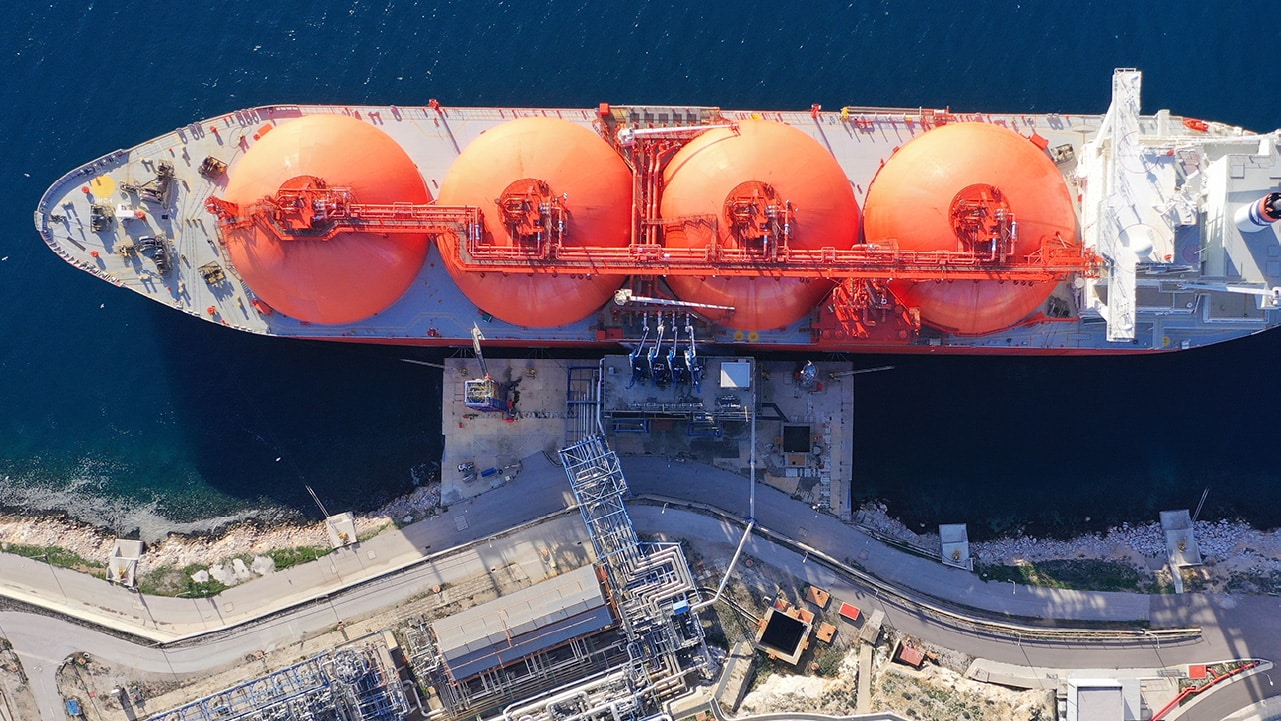ASTM G85 Modified Salt Fog Testing for Cargo Tank Alloys
The ASTM G85 modified salt fog testing is a critical procedure used to evaluate the corrosion resistance of materials intended for use in cargo and tank systems within marine environments. This test method simulates the corrosive conditions encountered by these materials during their operational life, providing data that ensures compliance with international standards and regulations.
The primary focus of ASTM G85 testing is on the susceptibility of metallic alloys to atmospheric corrosion under controlled laboratory conditions. This includes exposure to a salt solution in an atmosphere that mimics the marine environment's high humidity and temperature fluctuations. The test provides insights into how well different materials withstand these harsh conditions, making it essential for manufacturers designing cargo tanks and other ship equipment.
The testing process involves exposing specimens of the material under consideration to a controlled environment containing a salt solution. This environment simulates the corrosive atmosphere found in marine environments where ships operate. The exposure duration can vary depending on the material's characteristics and intended application, but it typically ranges from 30 days up to several months.
During testing, specimens are carefully prepared according to ASTM G85 guidelines, which include cleaning, degreasing, and ensuring uniformity across all samples being tested. After preparation, they are placed into a salt fog chamber where they remain for the specified duration of exposure. The temperature within this chamber can be adjusted based on specific requirements set forth by the standard.
The results from ASTM G85 testing provide valuable information about the performance characteristics of various metallic alloys used in cargo tank construction and other similar applications. By understanding how different materials behave under these conditions, manufacturers can make informed decisions regarding material selection for their products, ensuring longevity and reliability even when exposed to challenging environmental factors.
Compliance with international standards such as ASTM G85 is crucial not only from a quality assurance perspective but also because it helps ensure the safety of personnel working aboard ships and reduces potential environmental impacts associated with failures due to corrosion. As maritime industries continue to evolve, ensuring that all components used in cargo handling systems meet stringent testing criteria like those outlined by ASTM G85 becomes increasingly important.
Quality and Reliability Assurance
The quality and reliability of materials used in marine equipment are paramount considerations for ship owners and operators. By ensuring that all components meet rigorous standards such as those prescribed by ASTM, we help maintain the highest levels of safety both at sea and during loading operations.
- ASTM G85 testing helps identify potential weaknesses early on, allowing manufacturers to address them before they become critical issues.
- This form of quality control ensures that every component used in cargo handling systems performs consistently across various operating conditions, enhancing overall system reliability.
- The results obtained from ASTM G85 tests contribute significantly towards meeting regulatory requirements set forth by agencies like the International Maritime Organization (IMO).
Our laboratory adheres strictly to these procedures and maintains accreditation according to relevant international standards. This commitment ensures that our clients can trust in the accuracy and reliability of test results, thereby supporting their efforts in maintaining safe and efficient operations.
Competitive Advantage and Market Impact
In today's competitive global market, ensuring compliance with industry-specific testing protocols like ASTM G85 is more than just a requirement; it’s an essential tool for gaining a competitive edge. By demonstrating that your products meet these stringent standards, you signal to potential customers that you prioritize quality and reliability.
For shipbuilders and equipment manufacturers looking to distinguish themselves in this highly regulated sector, compliance with ASTM G85 can be a key differentiator. It shows buyers that your company takes the safety of their crew and cargo seriously, which translates into increased trust and loyalty from satisfied customers.
The results obtained through rigorous testing also play a role in reducing risk for both buyers and sellers alike by providing confidence that purchased components will perform as expected under real-world conditions. This reduces maintenance costs associated with premature failures while potentially extending the operational lifespan of equipment, ultimately leading to cost savings for end users.
Use Cases and Application Examples
| Application Example | Description |
|---|---|
| Cargo Tank Linings | This alloy is chosen due to its excellent resistance against chloride-induced stress corrosion cracking (SCC). It ensures the integrity of cargo tank interiors, protecting them from corrosive environments. |
| Drum Lids and Covers | These components often come into contact with saltwater during loading and unloading processes. Testing ensures they remain secure against rusting or degradation over time. |
| Valves and Fittings | Corrosion can compromise the functionality of these critical parts, leading to leaks and failures. ASTM G85 testing helps ensure durability and longevity in challenging marine conditions. |
- Critical Components: Valves, pipes, and nozzles are exposed to saltwater during loading operations making them prime candidates for ASTM G85 evaluation.
- Structural Elements: Bolts and nuts securing cargo tanks must not only withstand mechanical stress but also resist corrosion over extended periods.
The data gathered from these tests allows manufacturers to optimize designs, choose appropriate materials, and improve product performance. It contributes directly to reducing operational costs associated with repairs and replacements while enhancing safety standards across the industry.





